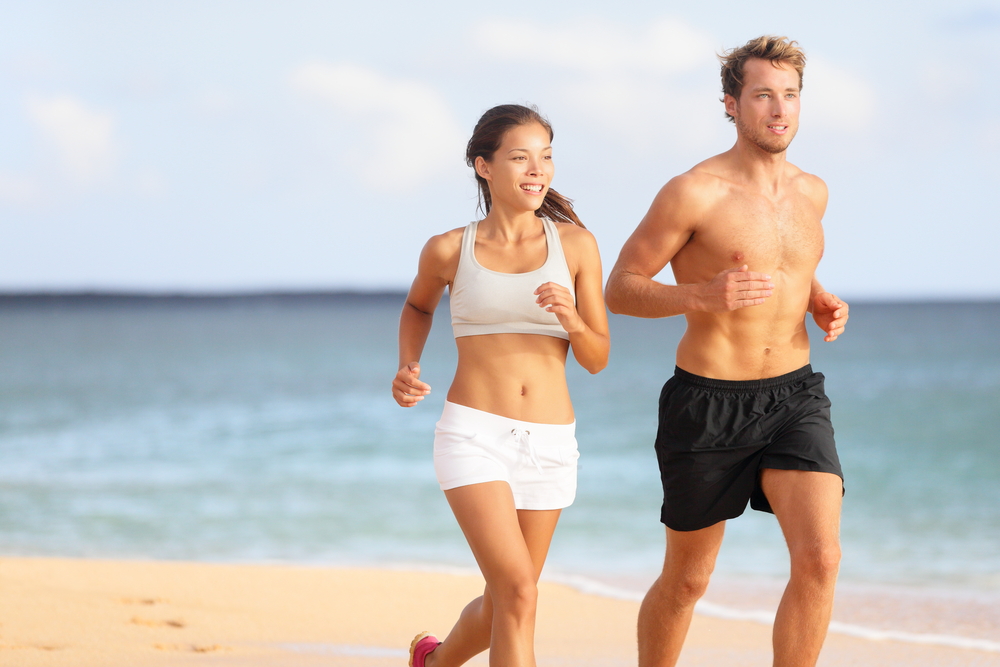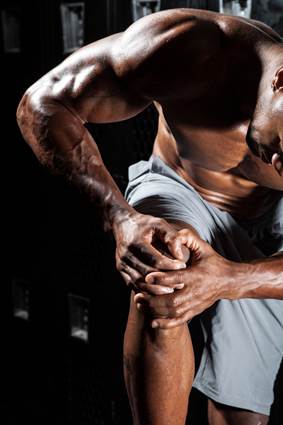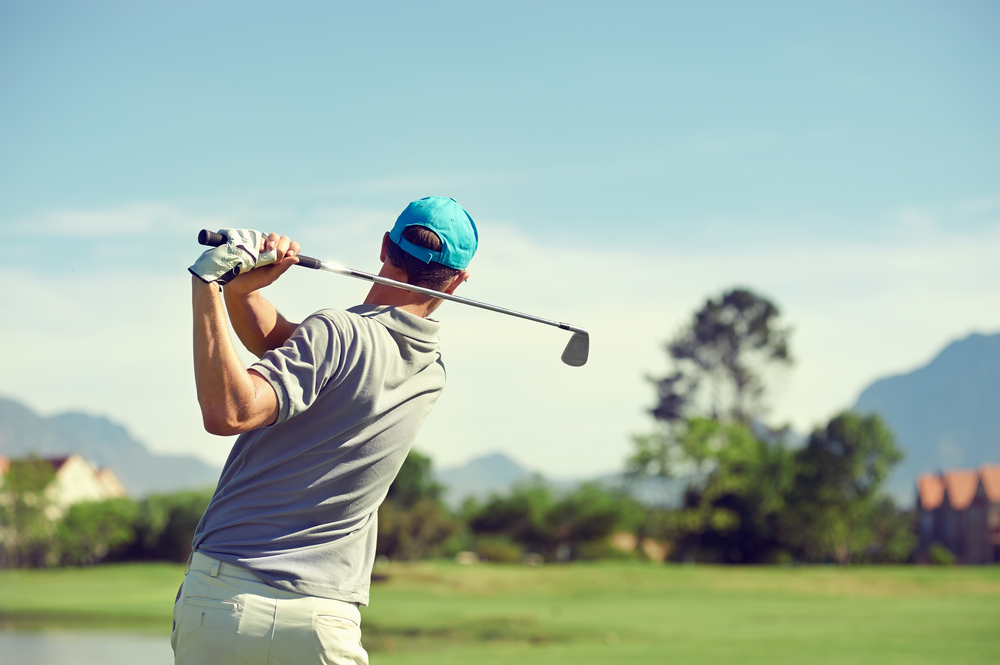Beach running – with the good comes the bad
 Not only does the beach offer a change in scenery, relaxation, and a potential source of motivation for training, it also offers a change in surface that is lower in impact and ground reaction forces. This change in surface can be beneficial for people with bony impact related injuries or for people who train frequently on a hard track and want to mix up their training load with a lighter impact session. Read more
Not only does the beach offer a change in scenery, relaxation, and a potential source of motivation for training, it also offers a change in surface that is lower in impact and ground reaction forces. This change in surface can be beneficial for people with bony impact related injuries or for people who train frequently on a hard track and want to mix up their training load with a lighter impact session. Read more


 Ankle sprains can often lead to chronic knee pain such as patellofemoral (kneecap) pain, jumper’s knee, runner’s knee.
Ankle sprains can often lead to chronic knee pain such as patellofemoral (kneecap) pain, jumper’s knee, runner’s knee.
